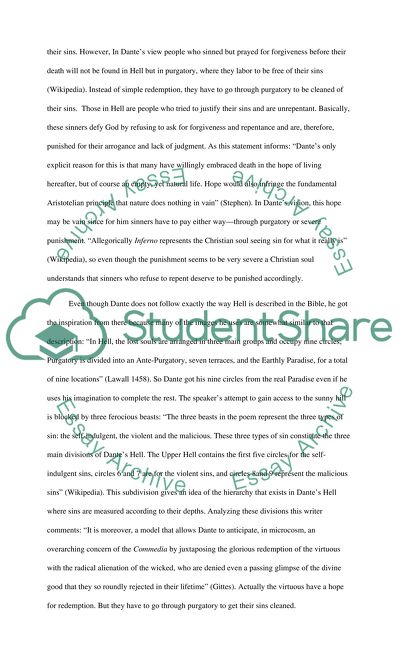Cite this document
(“Dante: Inferno Essay Example | Topics and Well Written Essays - 4250 words”, n.d.)
Retrieved from https://studentshare.org/literature/1397509-dante-inferno
Retrieved from https://studentshare.org/literature/1397509-dante-inferno
(Dante: Inferno Essay Example | Topics and Well Written Essays - 4250 Words)
https://studentshare.org/literature/1397509-dante-inferno.
https://studentshare.org/literature/1397509-dante-inferno.
“Dante: Inferno Essay Example | Topics and Well Written Essays - 4250 Words”, n.d. https://studentshare.org/literature/1397509-dante-inferno.


